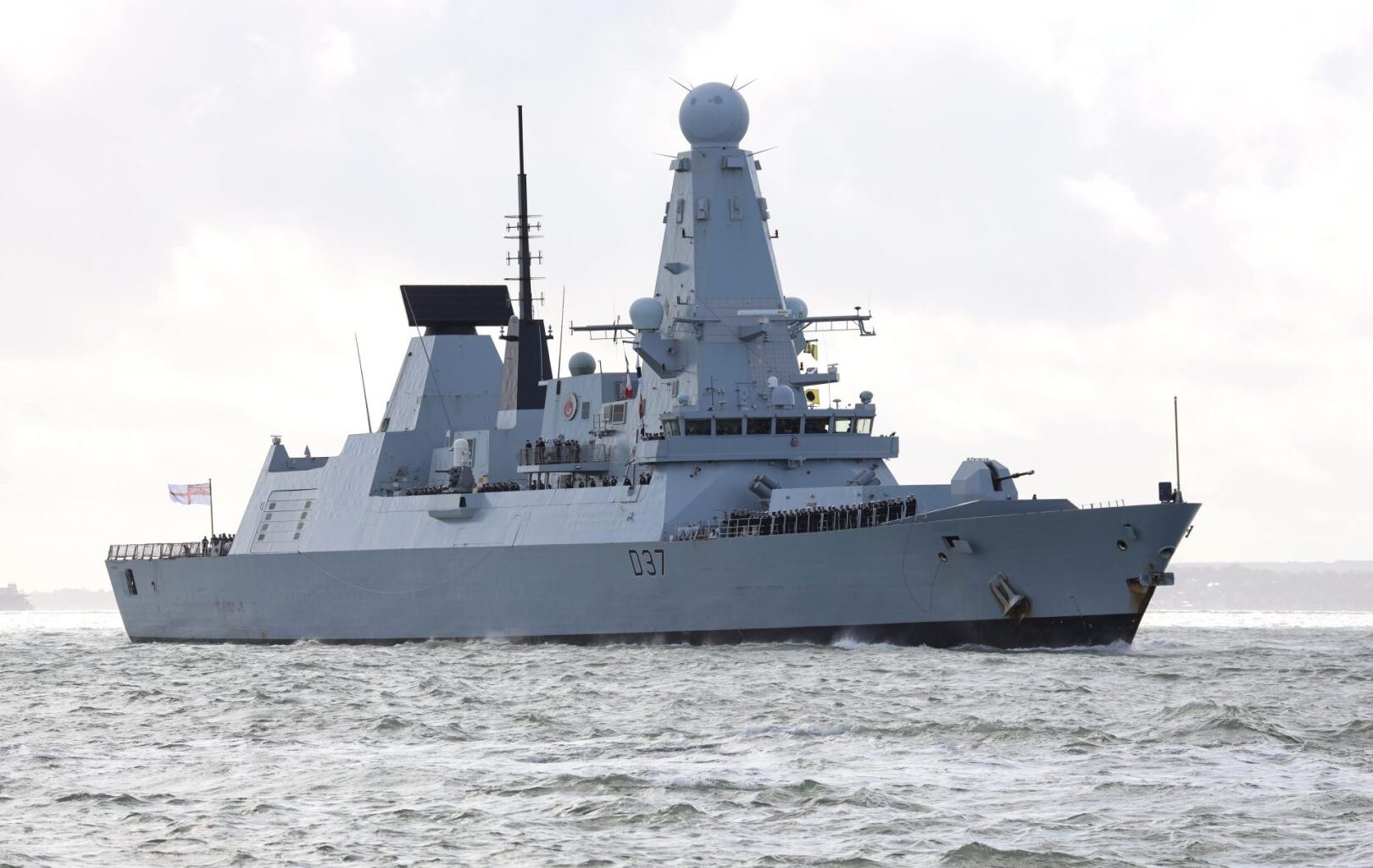Kim Jong Un’s visit to North Korea’s most advanced warship has intensified concerns about the regime’s accelerating nuclear capabilities, as the massive destroyer prepares for critical testing phases in the coming months. The leader’s inspection of the nuclear-capable vessel comes during heightened tensions with South Korea and the United States.
The 5,000-ton destroyer Choe Hyon represents North Korea’s most ambitious naval project, designed to carry nuclear weapons including cruise missiles and tactical ballistic missiles equipped with nuclear warheads. This development marks a dangerous expansion of the country’s nuclear delivery capabilities beyond traditional land-based systems.
Weapons program advances on dangerous timeline
Kim Jong Un expressed satisfaction with the destroyer’s modernization progress during his Monday visit to the vessel, emphasizing the importance of meeting scheduled deadlines for August and September trials. The dictator outlined plans for comprehensive performance and operational capability assessments scheduled for October, indicating the weapons system is rapidly approaching full operational status.
Senior military leaders briefed Kim on the destroyer’s integrated operations systems, revealing sophisticated capabilities that could project nuclear threats across regional waters. The vessel’s advanced systems represent a significant leap in North Korea’s naval warfare capabilities, potentially altering the balance of power in regional maritime areas.
The destroyer’s nuclear weapons integration follows a carefully planned timeline that demonstrates North Korea’s commitment to expanding its nuclear arsenal despite international sanctions and diplomatic pressure. This systematic approach suggests the regime views nuclear-equipped naval vessels as essential components of its military strategy.
Massive shipbuilding program expands threats
The Choe Hyon represents the first vessel in an ambitious class of destroyers being constructed at the Nampho Shipyard on North Korea’s west coast. Kim Jong Un has previously announced plans to commission two Choe Hyon-class destroyers or larger vessels annually, indicating a massive expansion of nuclear-capable naval forces.
A second destroyer in the class, the Kang Kon, was successfully relaunched in June after experiencing technical difficulties during an initial May launch attempt. This setback highlights the complex engineering challenges involved in producing such advanced military vessels while maintaining the accelerated production schedule.
Construction continues on a third Choe Hyon-class destroyer at the same shipyard, with Kim receiving updates on the project’s status during his recent visit. The rapid pace of construction suggests North Korea has committed substantial resources to developing a formidable nuclear-equipped naval fleet.
Regional military exercises fuel tensions
Kim Jong Un’s destroyer inspection coincided with the launch of Ulchi Freedom Shield 2025, large-scale military exercises involving United States and South Korean forces. The dictator condemned these annual drills as clear evidence of American and South Korean hostility toward his regime, using the exercises to justify continued nuclear weapons development.
The timing of Kim’s naval visit during the military exercises appears calculated to demonstrate North Korea’s resolve in developing nuclear capabilities despite international pressure. This provocative scheduling pattern has become characteristic of North Korean responses to regional military activities involving democratic allies.
The destroyer’s nuclear capabilities directly challenge the defensive nature of American and South Korean military cooperation, introducing offensive nuclear weapons into regional waters where they could threaten multiple countries and international shipping routes.
Advanced military technology integration
The Ulchi Freedom Shield exercises feature sophisticated American military assets including F-35A Lightning II fighter aircraft and potential integration with carrier strike group operations. The USS George Washington, currently the only American aircraft carrier deployed in the Indo-Pacific region, may participate in later phases of the training exercises.
These advanced American military capabilities stand in stark contrast to North Korea’s developing naval nuclear program, highlighting the technological competition occurring in regional waters. The exercises focus on complex scenarios involving fifth and fourth generation aircraft integration along with space-based targeting capabilities.
The American and South Korean military partnership continues evolving to address emerging threats, including nuclear-equipped vessels like the Choe Hyon that could operate in international waters while threatening multiple nations simultaneously.
International security implications
North Korea’s nuclear destroyer program represents a fundamental shift in the regime’s ability to project military power beyond its borders. Unlike land-based nuclear systems that remain within North Korean territory, naval vessels can operate in international waters while carrying nuclear weapons closer to potential targets.
The destroyer’s mobility creates new challenges for regional missile defense systems designed to intercept threats from known launch locations. Nuclear-equipped vessels operating in international waters complicate defensive calculations and reduce warning times for potential attacks.
This naval nuclear capability expansion occurs as North Korea strengthens military cooperation with Russia, raising concerns about technology sharing that could accelerate weapons development. The regime’s growing confidence in challenging international norms reflects its belief that nuclear capabilities provide protection from diplomatic pressure.
The international community faces difficult choices in responding to North Korea’s naval nuclear expansion, as traditional sanctions have proven ineffective in slowing weapons development while diplomatic engagement remains stalled since failed negotiations in 2019.
